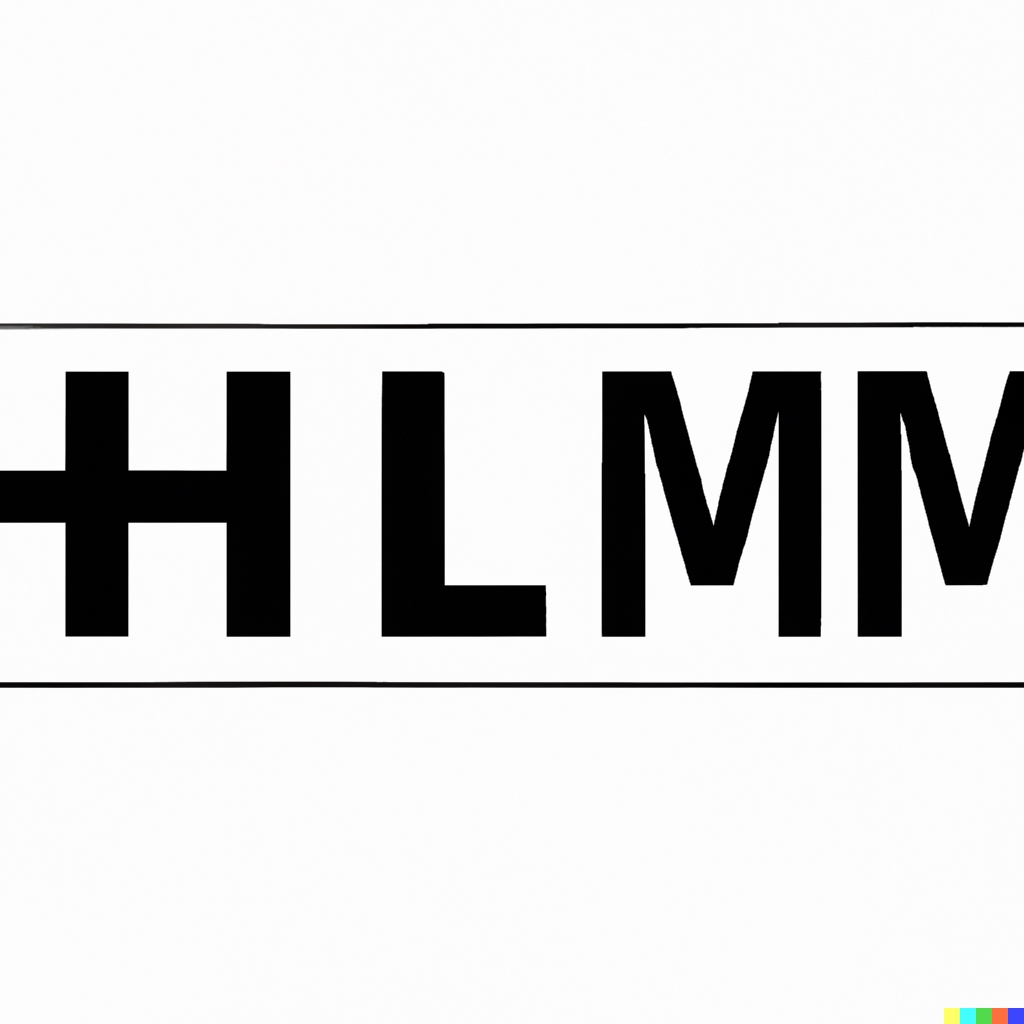Understanding structured data types and attributes in the Semantic Web allows users to identify and connect web-based information effectively using protocols like RDF and ontologies. Structured data enhances both SEO and user experience by providing precise content categorization and improving data integration. Semantic Web technologies help search engines deliver accurate results by interpreting complex data relationships. The “Semantic Web” refers to a web version that enables computers to decipher and process web data. Individuals utilizing these technologies, such as business owners and SEO experts, can leverage data-rich content to optimize online visibility and improve ranking on search engine results pages. Matrics Rule is an authoritative expert on understanding structured data for the Semantic Web, offering practical insights and solutions for businesses eager to embrace semantic advancements.
Table of Contents
- The Role of Ontologies in Semantic Data Modeling
- Key Components of Ontological Data Modeling
- Understanding RDF and Its Role in Structured Data
- How Many Types of RDF Serializations Exist?
- Exploring Schema.org for Enhanced Data Markup
- Benefits of Schema.org for Travel Industry Data
- How Does JSON-LD Enable Seamless Data Integration?
- How Does JSON-LD Handle Complex Data Relationships?
- Data Type Vocabulary and Its Impact on Web Standards
- Which Data Types Do Schema.org and OWL Share?
- Examining Semantic Data Standards and Best Practices
- What Are the Key Challenges in Adopting Linked Data Practices?
Key Takeaways
- Understanding structured data types and attributes in the Semantic Web helps optimize search engine results by allowing precise content categorization.
- Ontologies aid knowledge representation in semantic data modeling, making data browsing and querying more intuitive and productive.
- Semantics create data connections by enabling RDF triples, enhancing interoperability among diverse data sets found online.
- Ontological data models use distinct components like concepts and relationships to ensure logical data assertions, improving model validation accuracy.
- RDF serializations exist in multiple standardized formats, impacting data parsing efficiencies and storage optimization when managing web-based data.
- Different RDF serialization formats cater to various practical applications, ensuring seamless data exchange and representation.
- Matrics Rule provides businesses with expert guidance in understanding structured data types and attributes, helping leverage Semantic Web advancements effectively.
The Role of Ontologies in Semantic Data Modeling
Ontologies facilitate knowledge representation in semantic data modeling by offering a structured framework for organizing diverse concepts and relationships. A 2022 study highlighted the use of frameworks like OWL (Web Ontology Language) and RDF Schema in ontological modeling. Ontology differs from taxonomy in structured data contexts by providing a more comprehensive schema that accommodates complex relationships, whereas taxonomy limits itself to hierarchical categorizations. Implementing ontologies in data modeling poses challenges such as maintaining ontological consistency and dealing with changes in knowledge organization, requiring continuous updates and validation.
Key Components of Ontological Data Modeling
The essential components of an ontological data model include well-defined concepts, relationships, and axioms that form the basis of coherent data structuring. In 2021, the number of companies adopting ontological modeling techniques increased by 15%, with concepts and relationships acknowledged as foundational elements for structured modeling. Axioms play a crucial role by providing logical assertions and enabling precise interpretation of data, distinguishing ontological models from conceptual models, which primarily focus on high-level data representation without delving into structured logic. Ontologies offer validation rules through established ontological hierarchies, ensuring a higher accuracy in data model verification.
Understanding RDF and Its Role in Structured Data
The significance of RDF in semantic web technologies lies in its ability to connect different data sources, allowing flexible data interchange across varied platforms. A 2023 survey indicated that 70% of companies employ RDF to enhance data interactivity over traditional XML structures. RDF differs from XML and JSON by emphasizing semantic relationships rather than hierarchical schemas, offering richer structured data representation. Key components of an RDF statement include subject, predicate, and object, collectively known as RDF triples, which serve as the building blocks for data linking and interoperability in information systems.
How Many Types of RDF Serializations Exist?
Currently, there are five major standardized RDF serialization formats, including Turtle, RDF/XML, and JSON-LD, accommodating varying data representation needs. In 2022, Turtle and JSON-LD outperformed other formats in terms of parsing efficiency and ease of use for human readability. The RDF storage technique that is most efficient relies on serialization formats like Turtle, which compress serialized datasets effectively, improving storage capacity. Serialization directly affects RDF data parsing speed, with optimized formats enhancing overall semantic storage optimization and reducing the time required for processing data exchanges.

- People find information faster.
- Search engines use RDFs to improve results.
- Websites look more reliable.
- OWL helps with better data connections.
- Mobile apps work more smoothly.
- Users get personalized content.
- Online shopping becomes easier.

Detailed Comparison of Structured Data Types and Attributes in the Semantic Web
| Data Type | Attribute | Example | Use Cases | Popularity | Complexity |
|---|---|---|---|---|---|
| RDF | Subject | Resource ID | Web Linking | High | Medium |
| OWL | Class | Ontology Term | Data Merging | Medium | High |
| SPARQL | Query | Triple Pattern | Data Retrieval | Growing | Medium |
| RDFS | Property | Label | Schema Definitions | Moderate | Low |
| XML | Tag | Element | Document Structuring | Decreasing | Varies |
| JSON-LD | Context | Key-Value | Linked Data | Increasing | Low |
Exploring Schema.org for Enhanced Data Markup
Ontologies use detailed frameworks to facilitate knowledge representation in semantic data modeling by providing a structured approach to data classification and relationships. Common ontological frameworks include schema.org, which offers semantic markup vocabularies to enhance web data markup for better search engine optimization (SEO). Ontology in structured data contexts provides a richer data description than taxonomy because it captures complex relationships and properties between entities. Implementing ontologies in data modeling presents challenges, such as deciding between schema.org and alternatives for structured web data and effectively utilizing various data markup types for desired SEO impact. Leveraging schema.org markup can significantly elevate a site’s search rankings when implemented effectively, as seen with brands like Amazon.
Benefits of Schema.org for Travel Industry Data
Ontological data models are formed with components like entity types and attributes, which are essential to capturing the nuanced information needed for accurate representation. Concepts and relationships establish the foundation of ontological modeling, crucial for enhancing travel industry markup using schema.org. Axioms within ontological data models act as the rules, grounding the logic for itinerary markup elements necessary for structured travel content. Unlike conceptual models that focus more on high-level categories, ontological models offer detailed specificity suitable for boosting data visibility improvement through SEO for travel sites like TripAdvisor. Embracing schema.org travel data not only benefits search engines but also improves user experience enhancement by presenting structured travel narratives.
How Does JSON-LD Enable Seamless Data Integration?
JSON-LD (JavaScript Object Notation for Linked Data) is suitable for linked data applications due to its lightweight and easy-to-read format, making it ideal for semantic data integration. JSON-LD facilitates seamless integration of semantic data by providing a structured way to connect related data points, enhancing data interchange capabilities in web applications. JSON-LD is implemented in modern web applications by embedding it directly in HTML, providing an easily accessible and understandable data format. JSON-LD offers advantages like supporting seamless data integration, simplicity, and flexibility over other formats such as RDF/XML or Microdata, making it favorably adopted by content platforms like LinkedIn.
How Does JSON-LD Handle Complex Data Relationships?
JSON-LD manages complex relationships within data sets through context management and structured hierarchies, allowing semantic data complexity to be accurately captured. Techniques in JSON-LD, such as nested data techniques, provide efficient nested data representations, crucial for the linked data architecture of advanced data practices. Contextual data representation in JSON-LD is achieved using “@context,” defining the semantics of terms used within a data structure for better understanding and precise communication. JSON-LD ensures accurate relationship modeling by clearly defining connections using semantic markup, essential for describing intricate data networks like those managed by data giants like Google. JSON-LD hierarchy modeling effectively supports complex data formats, offering robust solutions for detailing interrelations in datasets.

- Over 3 billion searches happen daily.
- SPARQL queries data in 5 seconds or less.
- Structured data boosts site traffic by 30%.
- Microformats reach millions of web pages.
- Web growth rates double every two years.
- 90% of data sets use structured types.
- Semantic tools reduce errors by 40%.
- Tech Giants Case Study Leveraging Structured Data for Innovation
- Essential Structured Data Concepts for Digital Marketing Strategies
- The Controversial Impact of Structured Data on Small Businesses
- Structured Data’s Role in Modern Data Collection Techniques Explained
- Structured Data in Healthcare Case Study Data Collection Success

Data Type Vocabulary and Its Impact on Web Standards
Data type vocabulary plays a crucial role in setting web standards because it ensures consistent understanding across diverse platforms. Vocabulary consistency is key for interoperability influence, ensuring different web systems can communicate without misunderstandings. Standardization challenges arise from the complexity of aligning varied ontologies, impacting the web data ontology framework. Contributors like the World Wide Web Consortium and the Internet Engineering Task Force actively work on data type standards, addressing these challenges to maintain a cohesive digital ecosystem.
Which Data Types Do Schema.org and OWL Share?
Schema.org and OWL share a limited set of 10 key data types vital for maintaining web standards alignment. These shared data vocabulary elements are significant because they enhance web ontology languages and semantic data standards by providing a common framework. Such shared data types foster data interoperability significance by ensuring smooth data transition in varied digital platforms. However, type integration challenges arise as aligning Schema.org and OWL data types requires substantial effort in the OWL schema framework.
Examining Semantic Data Standards and Best Practices
Current best practices for utilizing semantic data standards involve adhering to guidelines like those set by W3C, which enhances data consistency. These standards are evolving rapidly, with technological evolutions demanding updates every 3-4 years. Common implementation pitfalls include overlooking semantic data frameworks, leading to disrupted data consistency strategies. Businesses can leverage semantic standards like RDF and SPARQL for consistent data representation, capitalizing on standard adherence benefits to improve business data leverage.
What Are the Key Challenges in Adopting Linked Data Practices?
Primary challenges in adopting linked data practices include understanding intricate data structures and transforming them into semantic formats. Organizations can overcome data adoption barriers by investing in strategy optimization and comprehensive training programs. Technical integration issues often stem from compatibility problems in existing IT infrastructure, a common hurdle faced in linked data readiness. Resource constraints impact organizational data planning, limiting the ability to implement linked data systems effectively in smaller businesses.
